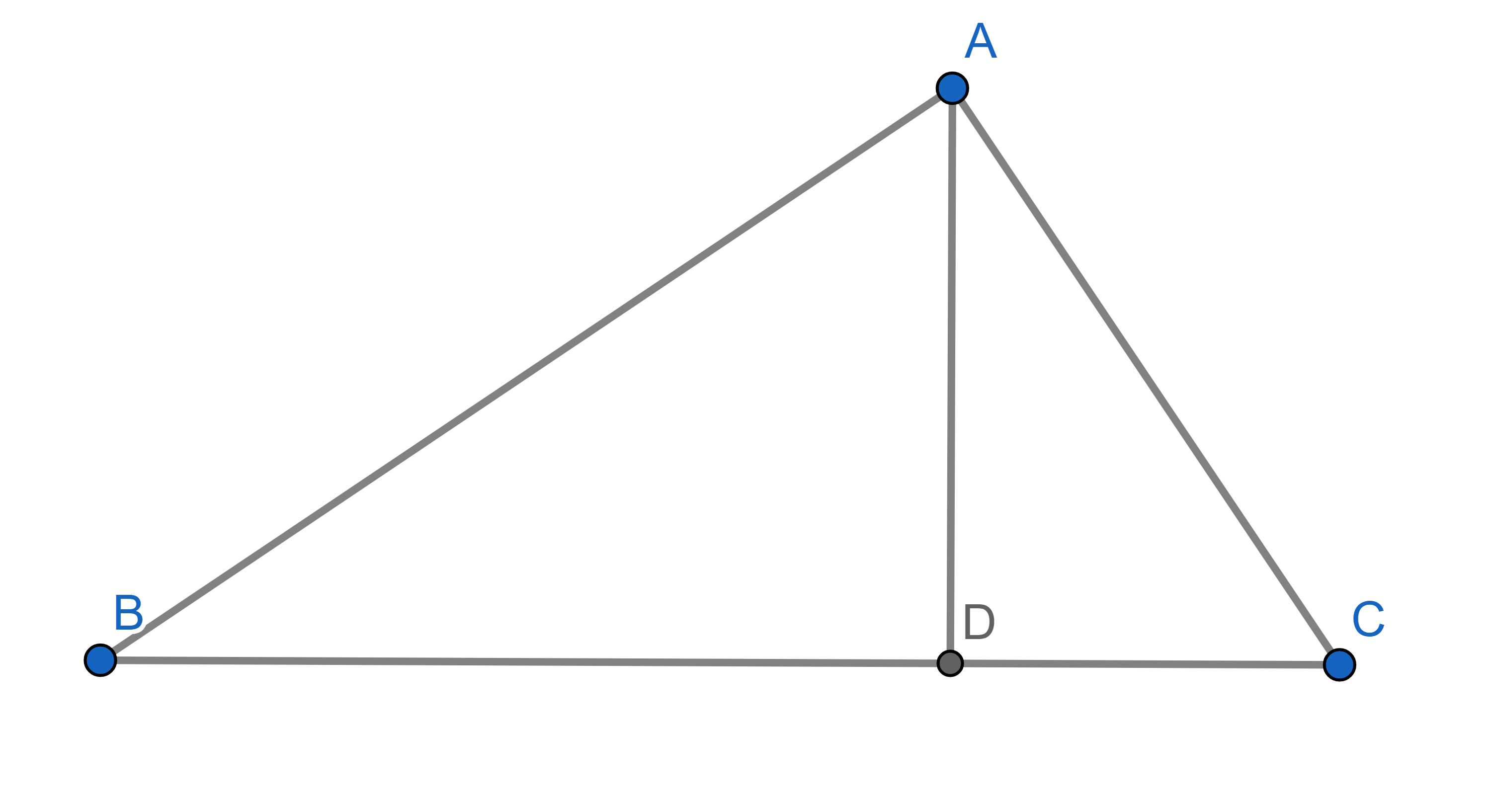Problems
Solve the equation \(x + \frac{1}{(y + 1/z)}= 10/7\) in natural numbers.
A numerical sequence is defined by the following conditions: \[a_1 = 1, \quad a_{n+1} = a_n + \lfloor \sqrt{a_n}\rfloor .\]
Prove that among the terms of this sequence there are an infinite number of complete squares.
The function \(f(x)\) on the interval \([a, b]\) is equal to the maximum of several functions of the form \(y = C \times 10^{- | x-d |}\) (where \(d\) and \(C\) are different, and all \(C\) are positive). It is given that \(f (a) = f (b)\). Prove that the sum of the lengths of the sections on which the function increases is equal to the sum of the lengths of the sections on which the function decreases.
Let \(n\) numbers are given together with their product \(p\). The difference between \(p\) and each of these numbers is an odd number.
Prove that all \(n\) numbers are irrational.
a) Could an additional \(6\) digits be added to any \(6\)-digit number starting with a \(5\), so that the \(12\)-digit number obtained is a complete square?
b) The same question but for a number starting with a \(1\).
c) Find for each \(n\) the smallest \(k = k (n)\) such that to each \(n\)-digit number you can assign \(k\) more digits so that the resulting \((n + k)\)-digit number is a complete square.
Are there such irrational numbers \(a\) and \(b\) so that \(a > 1\), \(b > 1\), and \(\lfloor a^m\rfloor\) is different from \(\lfloor b^n\rfloor\) for any natural numbers \(m\) and \(n\)?
Two players in turn paint the sides of an \(n\)-gon. The first one can paint the side that borders either zero or two colored sides, the second – the side that borders one painted side. The player who can not make a move loses. At what \(n\) can the second player win, no matter how the first player plays?
Jane wrote another number on the board. This time it was a two-digit number and again it did not include digit 5. Jane then decided to include it, but the number was written too close to the edge, so she decided to t the 5 in between the two digits. She noticed that the resulting number is 11 times larger than the original. What is the sum of digits of the new number?
a) Find the biggest 6-digit integer number such that each digit, except for the two on the left, is equal to the sum of its two left neighbours.
b) Find the biggest integer number such that each digit, except for the rst two, is equal to the sum of its two left neighbours. (Compared to part (a), we removed the 6-digit number restriction.)
Matt built a simple wooden hut to protect himself from the rain. From the side the hut looks like a right triangle with the right angle at the top. The longer part of the roof has \(20\) ft and the shorter one has \(15\) ft. What is the height of the hut in feet?
